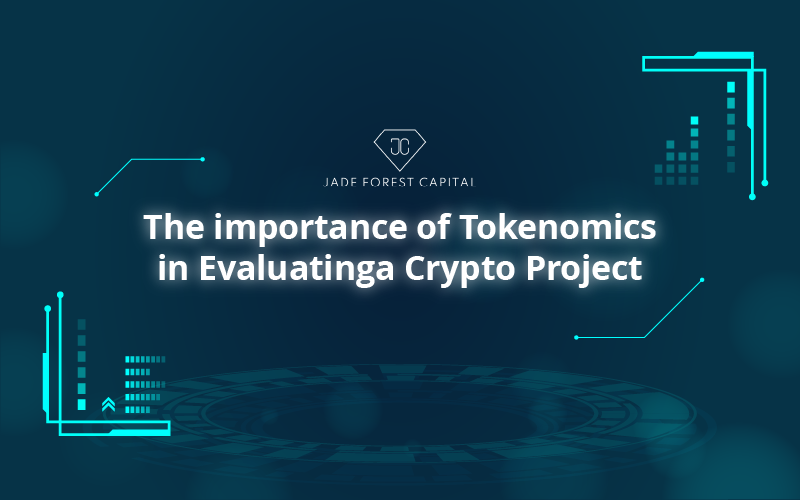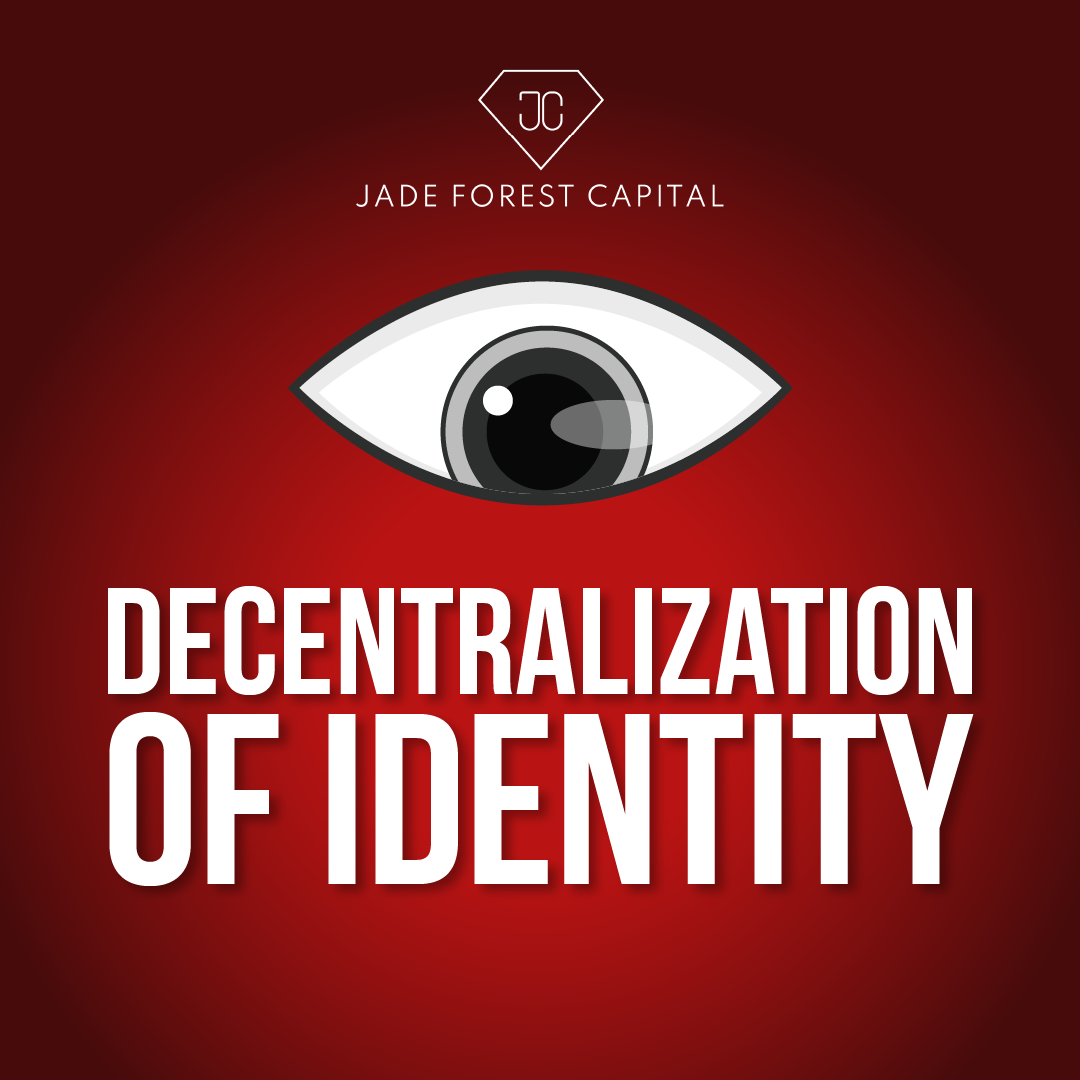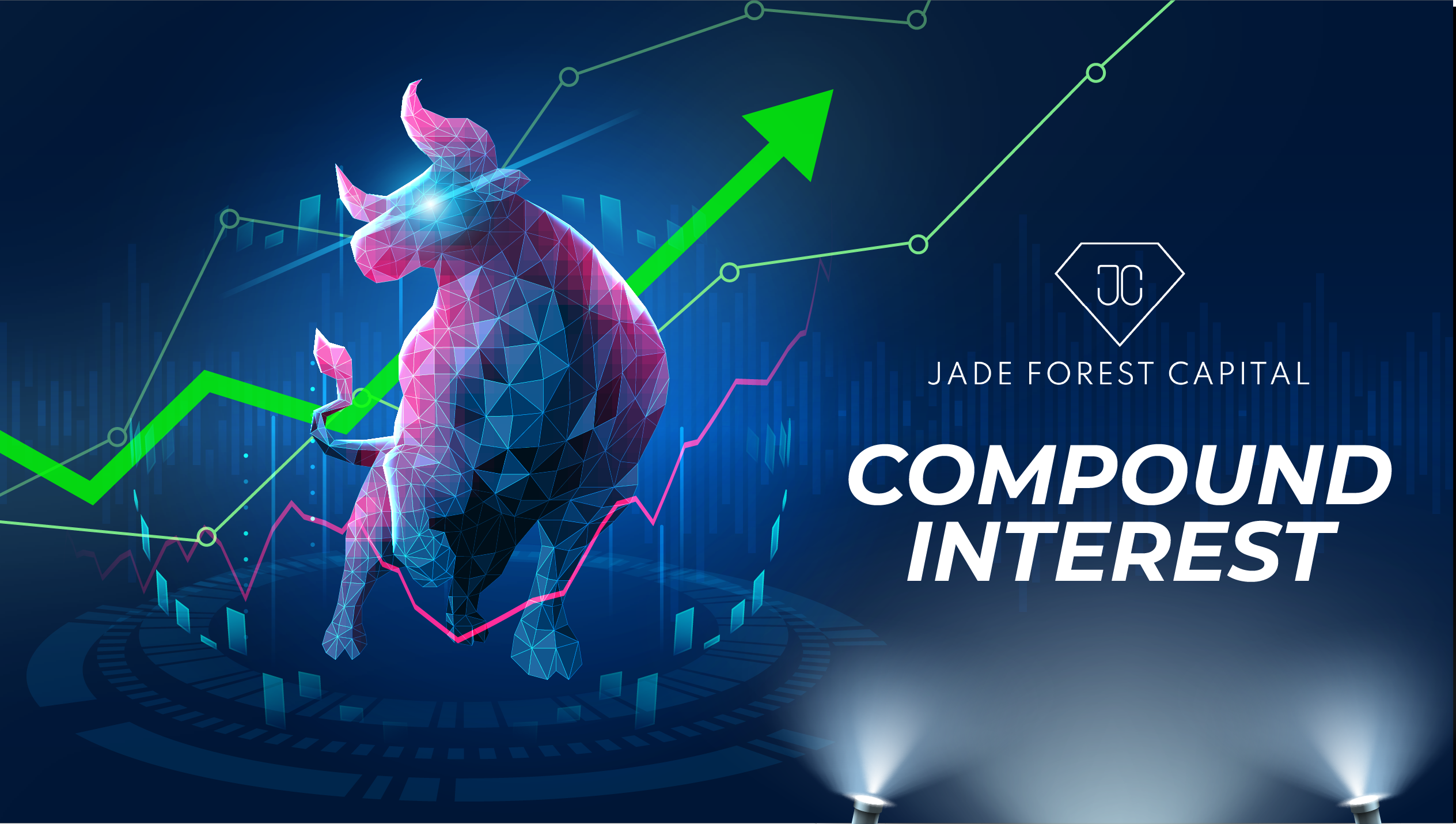Key insight
- Tokenomics is a strategic component of a blockchain project, as well as one of the key considerations for evaluating a crypto project. If properly managed, it can aid the project’s long-term development and vice versa.
- Tokenomics will also be related to the products and how it works. The two components will work together to promote the development project.
- In addition to tokenomics and product, other aspects such as Roadmap, Team, Backer, and so on must be taken into account.
Tokenomics evaluation
Companies in the traditional market must issue stocks in order to become public. This allows investors from outside the market to buy and own the stocks, which can then be used to make decisions about the company’s direction based on the percentage of holdings. Besides, most blockchain projects will not issue stocks, instead, tokens will be issued to prove ownership of the project.
Main components of tokenomics
Token issuance is a distinguishing feature of blockchain projects. Whereas stocks can only be held, sold, or received as dividends, tokens can be used for numerous purposes other than holding.
The complexity of valuing a project in the traditional market is comparable to that of valuing a project in the crypto market. It can be more complicated in some cases since it involves products’ usability.
Definition
When a project decides to issue tokens, it is required to plan for the number of tokens. When raising capital, the project must have a detailed plan for the number of tokens to be issued. This strategy is known as tokenomics.
Tokennomics, as defined above, is a comprehensive plan to use tokens that covers the economics of a project. It is as important as the project’s products. A project with good products but poorly designed tokenomics will not be sustainable for long-term development. A well-designed tokenomics with defective products, on the other hand, will have no users, rendering tokenomics meaningless. Tokenomics and products are thus parallel and complementary factors.
Definition of tokenomics
Token metric
This is considered the token’s basic information, which includes the token’s name, symbol, deployment network, the total supply and amount of tokens in circulation.
Overall, it has little to do with economics, but it is useful for identifying tokens in the market.
Token allocation
This is the number of tokens allocated to each pool, which is classified differently depending on the intended use of the project.
Token is divided based on the development strategies of Layer1 blockchain.
We have several pools in tokenomics:
Team: a part reserved for the project’s core team, maintaining the team’s motivation to develop the project in the long run.
Community: used to airdrop to communities, those who have supported the projects since its inception, or members who are dedicated to the projects. It can also be used as rewards for members who come up with good ideas for the project’s development. As a whole, it draws users and boosts the morale of members outside the team.
Reserve/Foundation/Treasury: reserve funds for the development of the ecosystem, as well as the fee for inviting advisors. In the blockchain market, this fund will also be a lifesaver, helping developers reduce their fear of being hacked.
Seed/Private/Strategic Sale: the sales to raise initial capital from angel investors to develop the project.
IDO/IEO: similar to Seed/Private/Strategic Sale but it is open to everyone.
Marketing: used for project’s marketing campaigns.
Partnerships/Ecosystem: used to encourage developers and other projects to integrate products, promote partnerships, and expand the ecosystem.
Mining Rewards: Rewards for providing liquidity, motivating token holding, reducing selling pressure.
Token schedule
Token schedule is another critical factor that directly affects project success. When evaluating a crypto project, we must always keep the following points in mind:
Initial circulation: It depends on the field of projects, but it is best to keep the initial amount of tokens in circulation at less than or equal to 20%. Because the project was still in its early stages at the time, the market capitalization should closely follow the project’s achievements to avoid high inflation.
Vesting Period: Projects will typically have a fixed vesting period. Projects will choose a specific period to vest all tokens. Once the vesting period ends, no more tokens can be generated. In our opinion, vesting period should be within 5 years to allow the project enough time to build a long-lasting token structure. This is also evidence that the project will be successful.
Inflation: The amount of tokens that are increased every month must always be well-controlled. Furthermore, we should monitor the amount of tokens from various pools and ensure that the number of unlocked tokens is sufficient to cover the fees.
Token use case
These are the features of tokens. Tokens in the blockchain market will have more application features than those in the traditional market. This also increases the token’s value.
Some of the features that we frequently encounter are:
- Mining & Staking Reward: Token holders can use them to stake and increase the number of tokens in the project. For projects like Ethereum, Bitcoin, Avalanche, staking will also help increase the security of the project. The project can also use this feature to reward new tokens to those who have invested in computing hardware and software to validate, generate new blocks on the chain, and record data on these blocks.
- Liquidity Mining (Farming): Unlike staking, in which users must stake only one type of token, liquidity mining allows investors to use tokens to create trading pairs on Dex and profit when someone trades tokens in that token pair.
- Payment: This can be understood as the cost that users pay when using products of a project. We consider this feature to be associated with a project’s success, and it can also reflect the project’s development. When people use the product, the project benefits and users will be able to use the product when the project issues a token.
- Governance: Investors can also use tokens they own to suggest project direction, increasing the project’s decentralization. To pass an opinion, more than half of the community must agree. Although there are still many administrative limitations, this is a feature and benefit of holders that we cannot overlook.
- Other benefits (Launchpad, etc.): This is one of the important factors that aids the token’s circulation and provides a strong incentive for users to hold the token. Regular Launchpad projects will require users to stake tokens in order to participate in the sale or NFT prize draw, etc..
Roadmap evaluation
A roadmap is considered as a map that keeps the project on track.
The development roadmap is another factor that few people consider when evaluating a project. The development roadmap will serve as a guide for investors to monitor and evaluate the project’s performance. The following points can be evaluated using the roadmap:
- Is the roadmap reasonable and clear?
- Is the project completed on schedule?
- How did the project change its direction in the development process and why?
From the above questions, we expect that you will realize how enthusiastic the project is. Besides, you can also make arguments and requests for the project if it is not clear.
Team evaluation
“We should invest in people, not ideas. A good idea is often destroyed by bad people and good people can always make a bad idea better.” — Simon Sinek
The project’s development team is the project’s soul. To be successful, a project’s creators must be reputable, knowledgeable, experienced, and visionary in the field of crypto and blockchain. From there, we can determine the probability of project realization as well as its development potential. If the project development team’s image or information is not publicly available (except for Bitcoin), investors should immediately label “redflag” and avoid the project.
Investors can check the project’s official Website or Whitepaper for the most up-to-date information of the development team. Furthermore, we can find more official articles about developers’ information to learn about the projects in which they have participated.
Crunchbase, a platform for searching information of private and public companies, can be used to check detailed information about project members.
Backer evaluation
As can be seen, investors frequently consider the most important factors to give investment decisions. The ordinary person will not be able to comprehend all of the aspects required to evaluate a project. As a result, if a project is invested in by large investment funds, it will demonstrate the project’s development potential as well as the quality of the development team.
Project’s backers are typically investment funds or large investment firms. Each supporter will have different strengths. In addition to financial benefits, these backers may also benefit from relationships, communication, development strategy consulting, product consulting, etc. If a project is backed by large and reputable investment funds, it will act as a solid wall to help the project resist market fluctuations.
Hence, backers are an essential factor for investors to consider when evaluating a project.
Conclusion
It can be seen that evaluating a project is challenging, but if investors try to learn about the aspects of the project in which they want to invest, it will greatly benefit the investor’s decision. From there, it is possible to avoid mistakes or to identify scam projects.


